Basil is one of the most popular herbs used in cooking and is also one of the most popular herbs to grow in the home garden. Cinnamon Basil is a variant of the popular herb that has a cinnamon like smell and flavor.
In general Cinnamon Basil is an easy to grow herb, and here in Zone 9 where it is warm most of the year, this herb can flourish. Here is a step-by-step guide to growing Cinnamon Basil.
1. Sow the seed indoors 3-4 weeks before final frost of winter – if sowing outdoors do so after the final frost of the year
2. Transplant Seedling outdoors 1 week after final frost of season
3. Plant seedlings in rich well-drained soil in a very sunny spot
4. Space plants 10” apart from each other
5. Start to harvest leaves when plant reaches 6” – Harvest by pinching to of plant off – Prevents bolting to seed – encourages bushy plant
6. If there is any sign of the plant flowering pinch off top part of stem – Flowers drastically reduce flavor in leaves 7. Cinnamon Basil will not tolerate frost so harvest and dry remaining plant before first frost
1. Sowing Cinnamon Basil Seeds
Cinnamon Basil can be easily grown from seeds and germinates in 1-3 weeks. Basil does not like cool temperatures and should not be put outside if daytime temperatures are not yet averaging 70+ degrees and nighttime temperatures are averaging less than 50 degrees.
If you want to start the seed indoors, do so about 3-4 weeks before the last expected frost. Here in zone 9 there are not many frost, but a good guide would be to plant the seed in mid February, and transplant it outside early March. If you decide to sow the seed outside in the garden do so after the last frost of the winter. Early March is usually a good time to start outdoors.
2. Transplanting seedlings
Once a Cinnamon Basil seedling is about 3” tall it is time to transplant it to your garden. While all basil plants are sun lovers it is important to allow the plant a few days to acclimate to the bright sun found here in zone 9.
Place the seedlings where they will receive direct sun for only a few hours a day and shaded sun for most of it. Make sure their soil stays moist during this acclimation. The small amount of soil typically used for seedlings can dry out very fast outdoors. After 3 or 4 days of acclimating to the sun they are ready to be planted.
3. Soil Type
Cinnamon Basil like a rich and well drained soil. A good amount of organic matter added to your normal soil at about a 1:1 ratio is a good start for basil. The organic material will retain moisture without causing moisture issues as well as providing vital nutrients that the plant will need to grow.
4. Plant Spacing
While Cinnamon Basil plants can be quite tall and skinny, a well cared for and responsibly harvested plant will stay short and become quite bushy. Because a healthy and flavorful plant is short and bushy it is important to allow the plant space to become bushy. 10” spacing is a good starting point.
5. Harvesting
The main reason to grow Cinnamon Basil is to use it as an herb in cooking. Harvesting can and should being when the plant reaches 6” tall. The best practice when harvesting is to pinch the top of the stem and take the top leaves in doing so.
This practice will cause the plant to grow more branches and start to become bushy. Using this practice to keep the plant 12” or shorter will keep the leaves healthy and flavorful.
6. Flower Prevention
Cinnamon Basil has an attractive purple flower that will develop from a bud on the top of the stems. While these flowers are attractive once a plant starts to flower the flavor of the leaves reduces drastically. To prevent flowering, harvest the top of the stems frequently. If there is any sign of flowering, pinch the top of the stem off.
7. Final Harvest
Zone 9 does not have harsh winters but Cinnamon Basil does not like even cool weather. Once winter begins to cool the nights into the low 50’s it is a good time to do a final harvest. Cut the entire plant off bellow the lowest leaves and dry them out for use later.


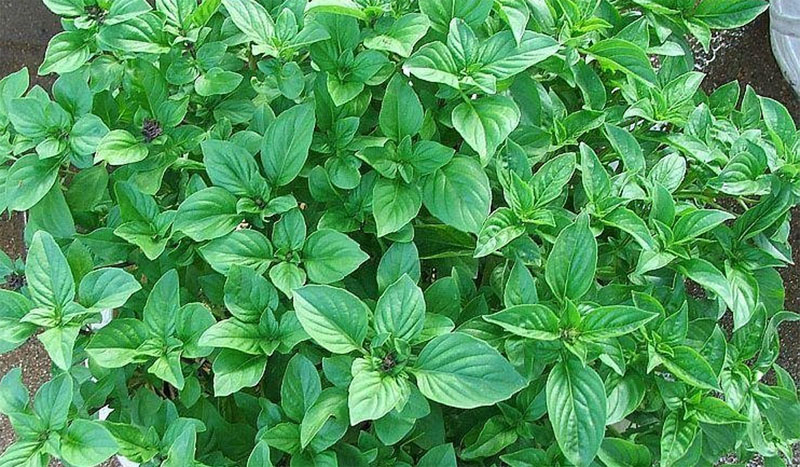
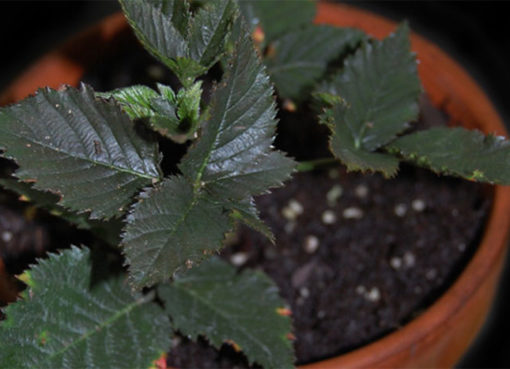
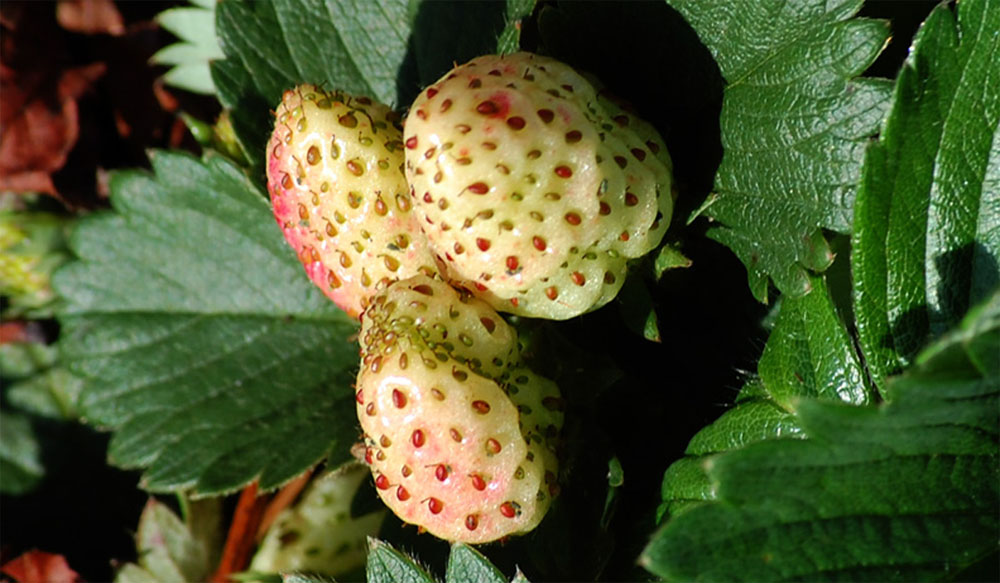
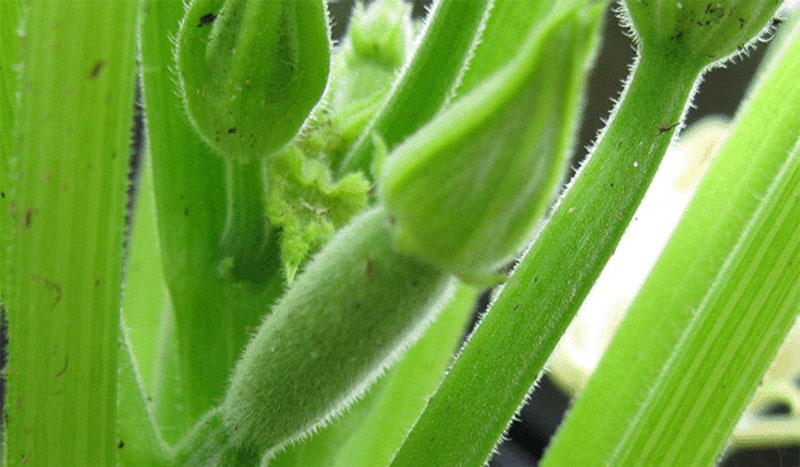
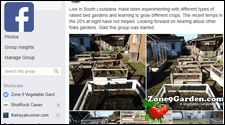
Comment here